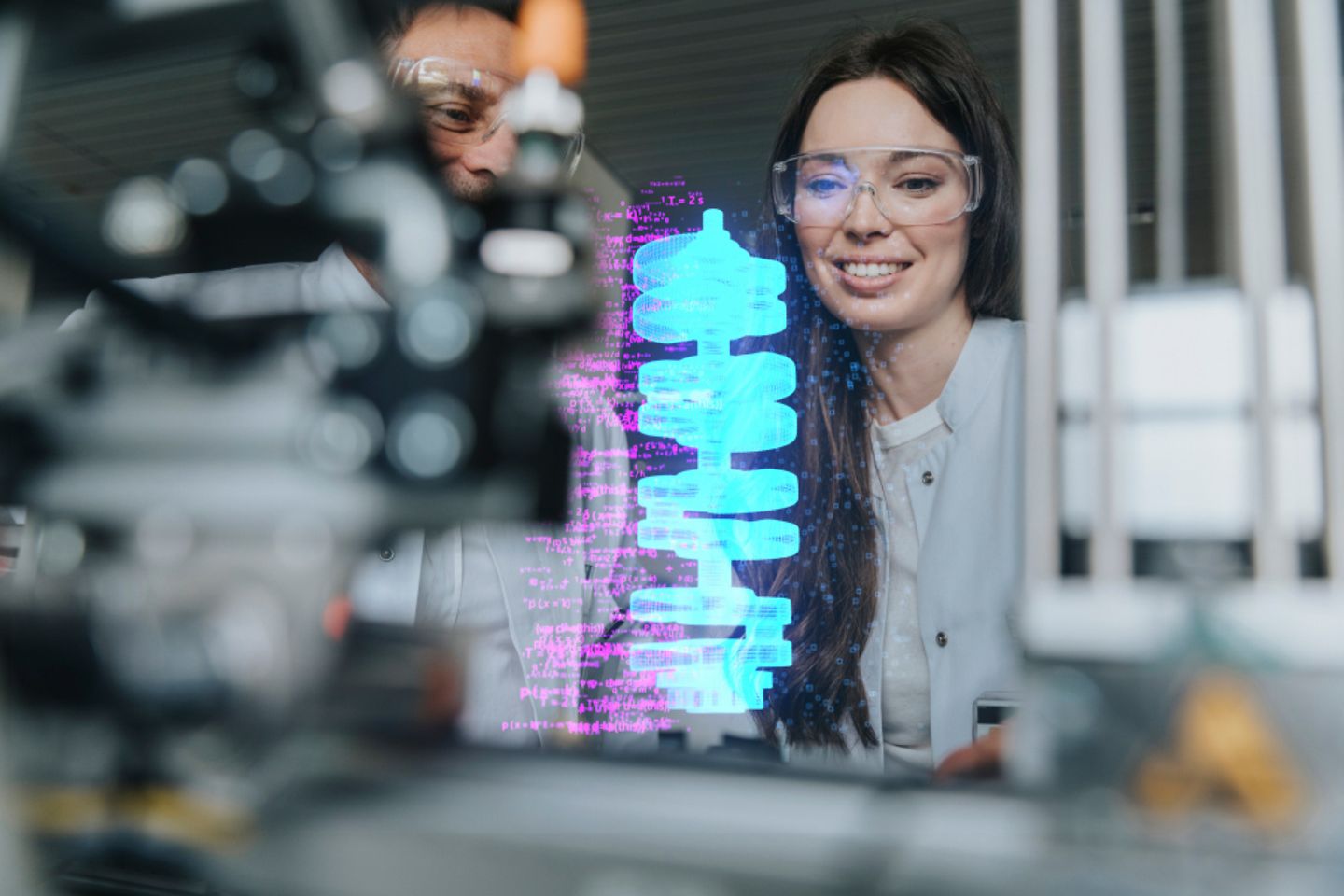
Recently, the U.S. state of Utah took a closer look at the AI software of the start-up Banjo, which was purchased for predictive policing, and was met with a rude surprise: the startup hadn't used any techniques that fit the industry's definition of artificial intelligence. Instead of intelligent algorithms, some of the information was analyzed by human data analysts.

These examples not only cost authorities and companies time and money, but also cast a technology on which many have placed their hopes in a bad light. A study by the German Federal Ministry for Economic Affairs and Energy indicates that AI makes an enormous contribution to innovative strength. Companies that employ AI are more likely to produce sophisticated innovations of a high degree of novelty than companies that do not use this technology. The use of AI thus pays off directly in terms of growth: AI solutions help businesses become more productive, more competitive, and generate more revenue.
The revenues generated by AI-based applications are expected to rise from the current 26 billion US dollars to almost 100 billion US dollars in 2025, according to a forecast by the analysts at Tractica. It's no wonder that many software firms and start-ups are jumping on the AI bandwagon. But not all providers have actually mastered the technology and instead are merely luring people in with marketing promises. According to research by London-based investment firm MMC Ventures in 2019, around 40 percent of all "AI start-ups" in Europe did not include artificial intelligence as part of their business or offering.
Deepfakes are currently much better known than fake AI. The term is a combination of “deep learning” and “fake”, i.e., a method of machine learning and faking. This usually involves an image or video of a person created and falsified by AI. Deepfakes can have deceptively real appearances and are becoming increasingly widespread on the internet, as there are now numerous free "fake apps" that can be used to swap faces, alter sound recordings, and manipulate other content.
But back to the fake AI: how can companies recognize true AI? What are the characteristics of fake AI? Rule-based software works according to the "If, then..." principle. The algorithms used for this are based on rules set by humans and remain static. In other words, the software does not evolve and will make exactly the same decisions in a year's time as it does today. This is completely different from AI: the solution is continuously learning and evolving – thanks to technologies such as machine learning.
The use of chatbots in customer service shows how the two approaches differ:
A rule-based chatbot will scan the customer's request for keywords and provide a stored answer. If the request has not been clearly formulated, the chatbot will ask the customer for the missing key words. In these cases, instead of training the bot with numerous data sets, a stored FAQ catalogue is sufficient. The advantage is that rule-based bots can be quickly deployed for clearly defined tasks, as they do not need to be trained.
In contrast, a "real" AI bot will only be able to perform after appropriate training. This requires the developers to collect and classify many examples and, with them, data that the machine can learn from. It can then generalize based on what it has learnt. It detects a variety of patterns in the user's text and responds without resorting to pre-formulated sentences. An AI chatbot is able to understand requests even if no keywords appear. The advantage is that unlike rule-based software, AI is capable of solving new problems on its own. As a result, their determined results are not static, but are constantly improving.
...if it is possible to introduce a specific area either without training or only with short system training. Because AI is so often based on machine learning, comprehensive training is required for the systems to be able to deliver useful results.
...if the quality of the determined results decreases. This is because rule-based software requires a constant stream of new rules in order to stay up to date. If it doesn't receive them, results can deteriorate. Other AI: The more mass data it evaluates – and thus trains – the better it becomes.
…if the solution requires hardly any computing resources. Although cloud computing per se is not a basic prerequisite for successful AI, high-performance capacities are needed to develop, implement, and operate AI. This is why demand-oriented resources from the Open Telekom Cloud, for example, are the number one choice. Why?
Firstly, training the AI models requires an enormous amount of computing power, and secondly, AI applications can be scaled almost infinitely during operation thanks to the public cloud.
Reputable providers of true artificial intelligence will always be able to provide an explanation of how the analytics and models that underpin their solution work. There are now also numerous models available for providing you with complete development environments for artificial intelligence from the cloud on an as-needed basis. You will find everything you need to develop your own AI models here. ModelArts from the OpenTelekom Cloud, for example, enables AI training and implementation in addition to development. This means that if your company has no data scientists or AI specialists who can review your existing AI or develop a new model, we are happy to help with our expertise.